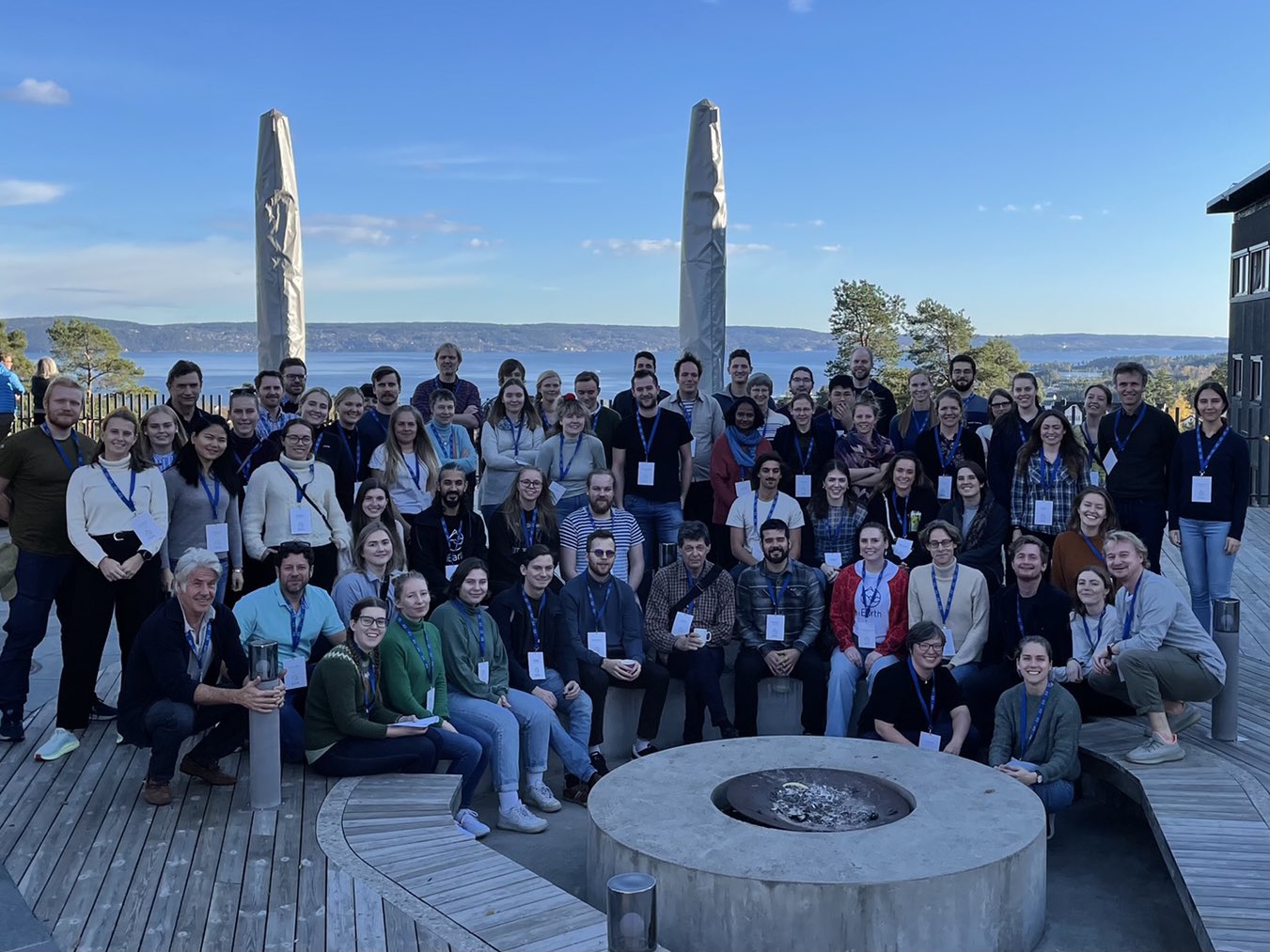
The story of Robert and Susan (Biggs, 1999)
I attended iEarth’s GeoLearning Forum today and yesterday, and had a lot of great conversations with amazing students from the four iEarth institutions: Universities of Bergen, Oslo, Tromsø, and UNIS. One student, Sverre, told me about having read articles on learning and teaching as part of a normal geoscience class (how awesome is that? Hat tip to Bjarte!), and one of those articles was “the story of Robert and Susan”. Or: “What the student does: teaching for enhanced learning” (Biggs, 1999).
That article describes two different types of students: Susan, who learns well from traditional university teaching, i.e. lectures and exercises, and Robert, who does not. Susan has a deep approach to learning: She comes to class prepared and with her own questions that help her integrate what she learned with what she already knows and what she wants to learn to reach her academic and career goals. Robert, on the other hand, is not as invested in the subject and attends university to obtain a degree that he needs for a job. He has a surface approach to learning: He collects individual bricks and delivers them at the exam. Susan does really well on the exam, Robert does not. Or at least, that is the situation when both are taught in a conventional way. But there are ways to get Robert to learn similarly well as Susan.
The first step is that their teachers need to understand that Susan and Robert’s performance are not inherent in their personalities, but that they as teachers can influence how well both learn. For that, there need to be clear learning objectives, and it needs to be clear how the learning objectives and the assessment correspond. Also, students need to want to learn: “”Motivation” is a product of good teaching, not its prerequisite.” Additionally, students need to have the opportunity to focus on the task without feeling the pressure to put all their focus on passing the test. And they need to be able to collaborate with their peers and teachers.
Teachers usually come to that understanding by undergoing two developmental steps.
Initially, many teachers believe that what Robert and Susan do is determined by who they are. Once teachers recognise this is not the case, they commonly believe that what Robert and Susan do mainly depends on how well the teacher taught (which often results in a focus on class management). But upon reflecting on that, teachers recognise that learning depends on what activities students actually do when they learn.
When teachers have reached that step, they employ what is called “backwards design” or “constuctive alignment”: First, they consider what the learning outcomes are; what students should be able to DO after instruction. Then, building on that, the teacher comes up with assessments that check whether or not, or to what extent, students are able to do it. And lastly, the teacher develops learning activities in which students learn and practice exactly what they will later do on the exam.
Constructive alignment of a course can happen independently of the methods used in that course, but there are methods that make it particularly easy to achieve constructive alignment: using problem-based learning or a learning portfolio.
In constructively aligned courses, Robert is learning in much the same ways as Susan already did in conventional teaching: He is integrating new knowledge with what he knew before, he asks questions that help him connect new ideas with old ones, he evaluates information, does all the higher-level thinking, because the tasks in class require them. This means that the gap between Robert and Susan gets smaller and smaller, and that we are teaching both equally well. And should that not always be our goal?
I really enjoyed re-discovering this article, thanks, Sverre!
John Biggs (1999) What the Student Does: teaching for enhanced learning, Higher Education Research & Development, 18:1, 57-75, DOI: 10.1080/0729436990180105